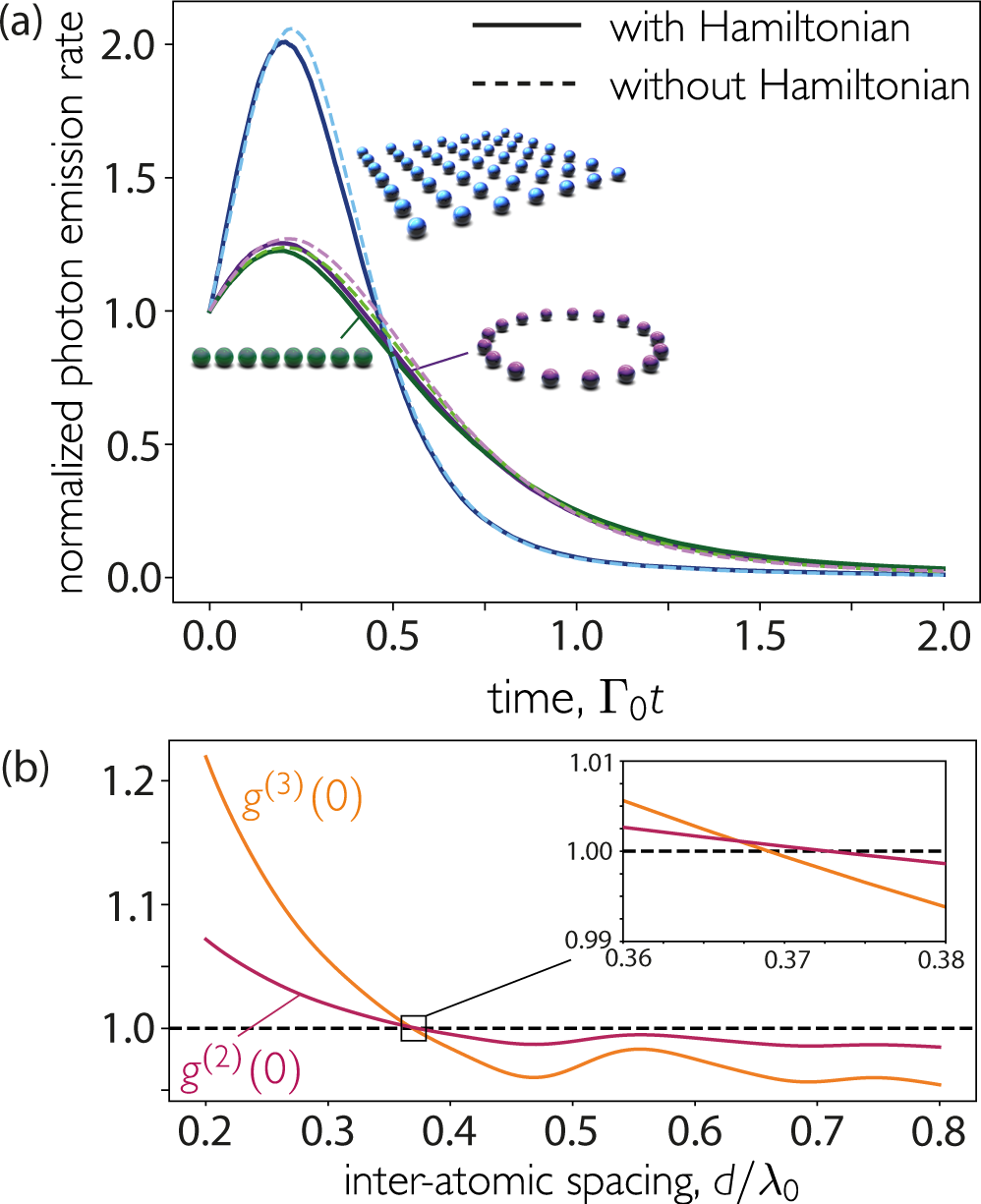Contents

Source: YouTube
Understanding Superradiance: A Phenomenon of Collective Emission
Superradiance is a fascinating quantum phenomenon that involves the collective emission of light by a group of excited atoms or ions. This process, first explored by the physicist Robert H. Dicke, exhibits unique properties that distinguish it from ordinary spontaneous emission.
The Basics of Superradiance
At its core, superradiance occurs when an ensemble of atoms or ions is coherently excited, typically by an optical pulse. This coherent excitation results in a well-defined phase relationship between the excitation amplitudes of the lower and upper electronic states of the atoms. The coherence established among the atoms creates a macroscopic dipole moment, which significantly enhances the intensity of emitted light.
The intensity of the emitted light in superradiance scales with the square of the number of atoms involved. This is because each atom contributes to the emission amplitude, and the intensity is proportional to the square of this amplitude. Consequently, the emission is not merely an intrinsic property of individual atoms but is greatly amplified by the collective behavior of the ensemble.
Superradiance vs. Superfluorescence
While superradiance shares similarities with superfluorescence, it is important to note the key differences. Superfluorescence also involves the collective emission of light, but it typically arises from a random initial state, unlike the coherent start required for superradiance. The coherent excitation in superradiance leads to more pronounced and predictable emission characteristics.
Implications and Applications
The concept of superradiance holds significant implications for various fields of science and technology. In particular, it can lead to very high values of radiance, making it a valuable phenomenon in optical and photonic applications. The chain reaction-like increase in photon numbers has led to descriptions of superradiance as an “optical bomb,” highlighting its potential for producing intense bursts of light.
Furthermore, superradiance has a counterpart known as superabsorption, which can be thought of as a time-reversed version of superradiance. Superabsorption involves the collective absorption of light, and it has intriguing possibilities for quantum engineering and the development of advanced optical devices.
Conclusion
Superradiance represents a remarkable example of how collective quantum effects can lead to phenomena that transcend the capabilities of individual atoms. Its ability to enhance light emission through coherence and collective behavior makes it a topic of ongoing research and interest in the scientific community. As our understanding of superradiance continues to grow, it may unlock new possibilities in the realms of quantum optics and beyond.


Source: Nature
Feel free to comment your thoughts.



